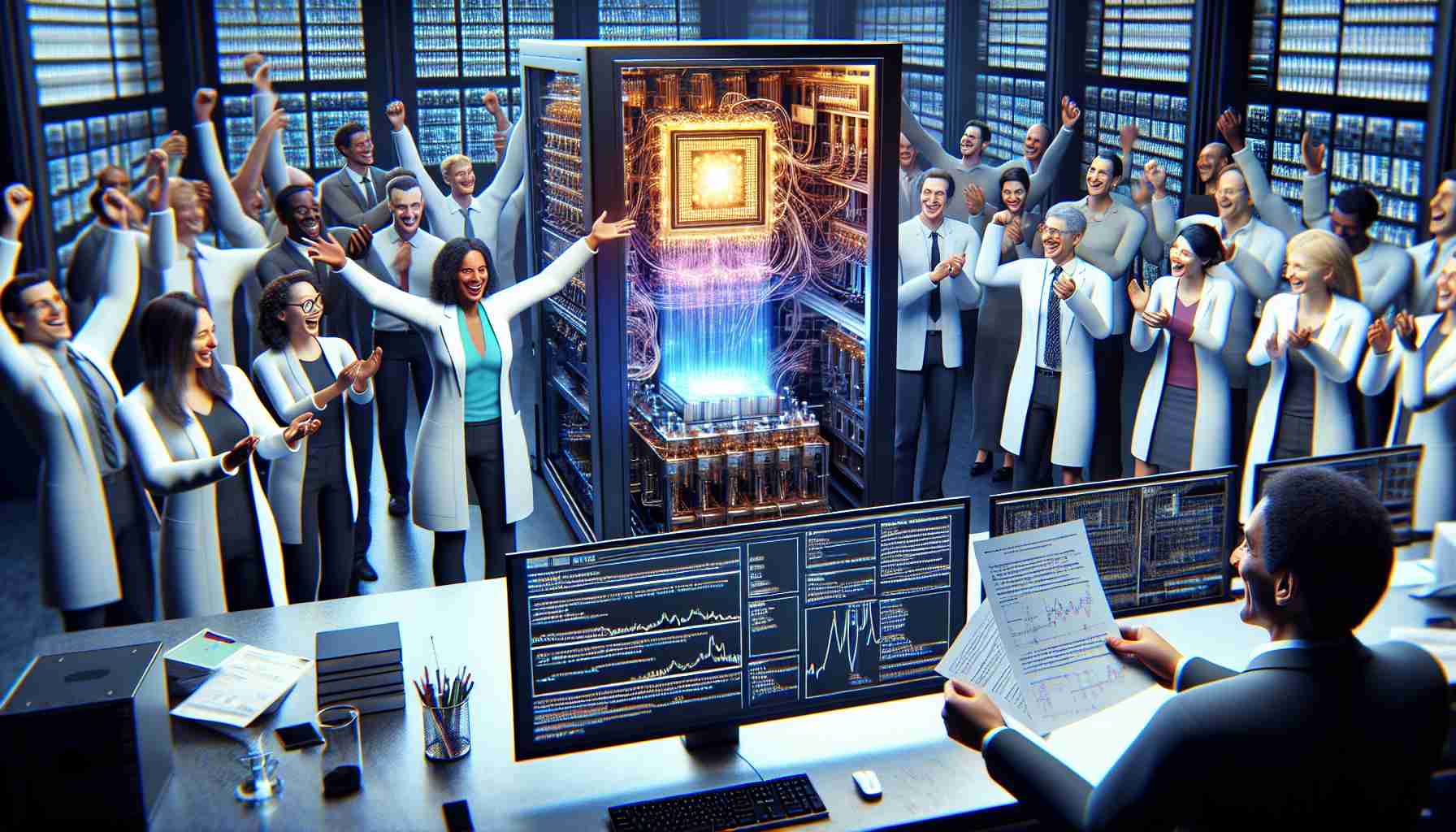Boeing’s Starliner spacecraft recently completed a challenging test mission, landing safely back on Earth after encountering unexpected thruster malfunctions and helium leaks during its journey to the International Space Station. Although the return trip was deemed too risky for the astronauts on board, the capsule’s descent was a success, with a soft landing at White Sands Space Harbor in New Mexico.
The spacecraft, resembling a gumdrop, braved extreme temperatures during reentry, reaching 1,650 degrees Celsius. Despite facing setbacks and new issues, including thruster failures and a temporary loss of the guidance system, NASA hailed the landing as precise and flawless.
While Boeing’s Starliner has experienced a series of setbacks throughout its development, the recent test mission showed promise, with ground teams praising the capsule’s performance during the critical reentry phase. Questions remain about the future of crewed flights for Starliner, as NASA evaluates necessary design changes and operational adjustments.
Boeing’s foray into crewed space missions has been met with challenges, especially in comparison to SpaceX’s successes in ferrying astronauts to the ISS. As the countdown to the ISS’s decommissioning in 2030 continues, the pressure is mounting for Starliner to prove its capabilities and operational readiness in the competitive space industry landscape.
Boeing’s Starliner Successfully Navigates Test Mission Challenges with Mixed Results
Boeing’s Starliner spacecraft has made headlines once again as it successfully completed a demanding test mission, showcasing its ability to overcome obstacles in its journey through space. Amidst uncertainties, such as unexpected thruster malfunctions and helium leaks, the spacecraft managed to safely return to Earth, marking a significant milestone for Boeing’s aspirations in crewed spaceflight.
Key Questions and Challenges:
– What were the specific technical issues encountered by Boeing’s Starliner during the test mission?
– How does the recent performance of Starliner compare to its competitors, especially SpaceX?
– What design modifications and operational improvements are NASA considering for Starliner’s future missions?
– How will Boeing address the pressure to demonstrate Starliner’s reliability as the competition intensifies in the space industry?
Advantages and Disadvantages:
Boeing’s Starliner has demonstrated resilience in the face of setbacks, showcasing its potential for future crewed missions. The successful landing after a turbulent journey indicates the spacecraft’s robust design and engineering capabilities. However, the series of challenges faced by Starliner highlights the complexity and risks associated with space exploration, emphasizing the need for continuous improvements and rigorous testing.
As Boeing navigates the evolving landscape of crewed spaceflight, the advantages of Starliner’s technological advancements may be overshadowed by concerns surrounding its reliability and safety standards. Addressing these challenges will be crucial for Boeing to establish Starliner as a dependable and competitive player in the space industry.
For more updates on Boeing’s Starliner missions and the latest developments in space exploration, visit Boeing’s official website.
—
Note: This article provides additional insights and perspectives on Boeing’s Starliner spacecraft, focusing on key questions, challenges, advantages, and disadvantages associated with its recent test mission.









